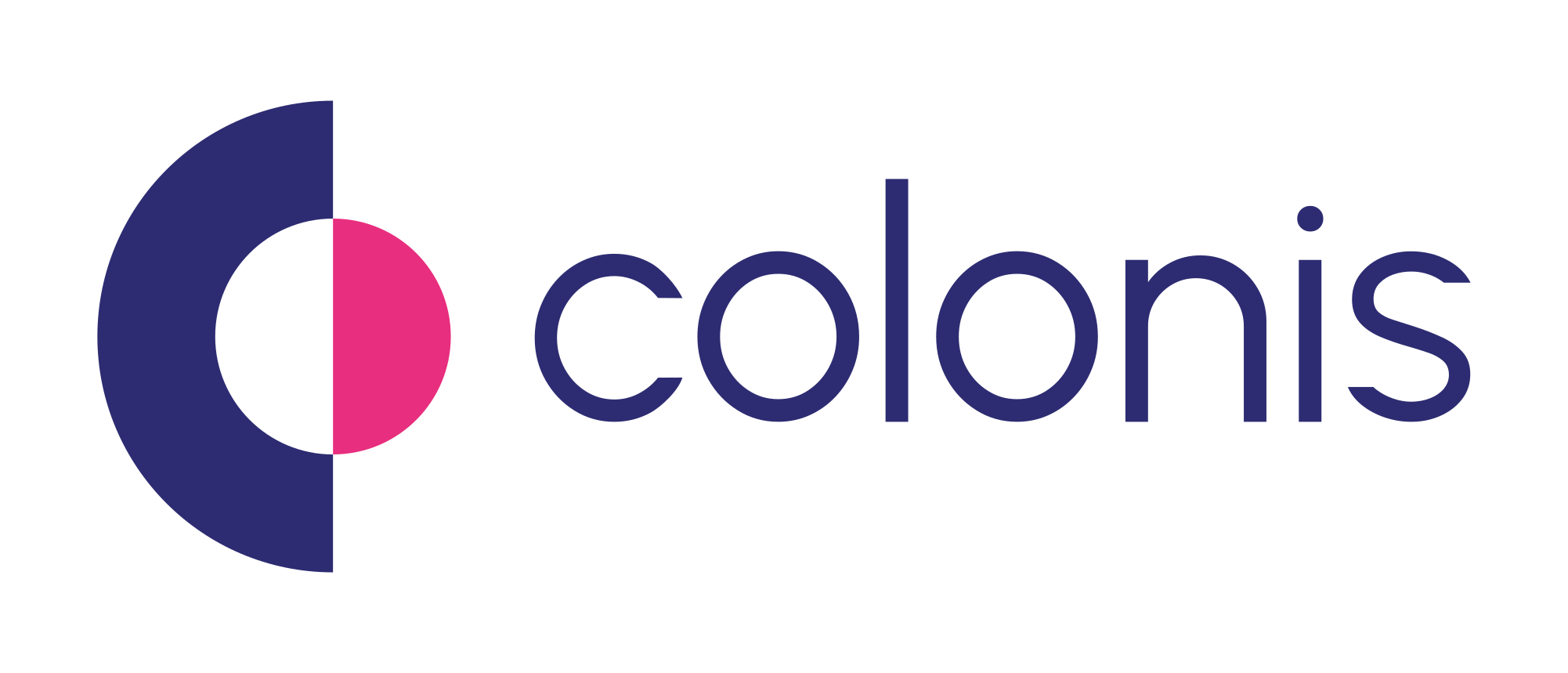How value-added medicines are revolutionising the industry
The world of pharma constantly strives for innovative ways to support patients – it’s part of the very fabric of the industry. Sometimes this involves creating something brand new, but it can also mean working with what already exists and improving it. That’s where value-added medicines come in, paving the way for a new approach within healthcare systems.
Generic medicines have been around for decades and are often developed to be identical to marketed medicines.1 However, the challenge is that existing medicines aren’t always optimised for patients. Up to 50% of patients managing chronic conditions are affected by non-adherence, and potential treatment-related barriers include the complexity and inconvenience of treatments.2 The estimated number of medication errors in England alone illustrates this, with more than 237 million per year (costing the NHS over £98 million per year), and over half of these errors resulting from problems with administration.3 By understanding patients’ unmet needs, existing medicines can be repurposed and improved by:4
- reformulating medicines, for example from tablets to oral solutions
- repositioning medicines by exploring new indications for existing products
- combining with another medicine or a different drug-delivery system
Terms such as ‘super generics’, ‘re-innovated generics’, and ‘enhanced therapeutics’ were originally used for these improved medicines.5 Medicines for Europe (https://www.medicinesforeurope.com/) has since coined the general term ‘value-added medicines’,5 stating that these medicines will “improve the cost effectiveness and efficiency of the healthcare system, either in terms of improved outcomes, reduced medication errors or improved patient adherence”.6
What’s the difference between generics and value-added medicines?
Generics are developed after patents on existing medicines have expired.1 Value-added medicines go one step further by assessing and addressing patient needs and priorities to improve medicines.7 Like generics, value-added medicines are often existing medicines with established efficacy and safety profiles,8 and with reduced development costs,4 versus new medicines developed from scratch. However, value-added medicines can offer more to patients: improved convenience, better quality of life, and a treatment regimen that more patients can adhere to.7
Value-added medicines benefit patients and healthcare systems
A ‘core evaluation framework’ has been created for value-added medicines, with five main categories through which value could be assessed.4 This framework offers guidance on which evidence is required when developing value-added medicines, and raises the possibility of a more harmonised approach to value assessment across countries:4,8
Potential benefits of value-added medicines4

Key trends driving the transformation of patient care
Certain trends in the pharmaceutical industry could be attributed to the need for, or awareness of, value-added medicines.
The need for long-term convenience: With an ageing population, more patients need to manage chronic conditions and as a result are taking medicines for longer.9
Patient-preference considerations: Increased patient centricity means that patients’ opinions and preferences are at the forefront of discussions in clinical consultations.9
The age of precision medicine: More and more medicines are being tailored to patient needs,7 so medicines that meet specific unmet needs are increasingly important.
Technological advances: The rise in patients monitoring their own conditions means that they are more empowered to play a leading role in their care.9 Advancing drug-delivery systems also offer opportunities in the value-added medicines field.7
The reduction in generics opportunities: Value-added medicines can offer more.7 Resources are being used to manufacture off-patent medicines anyway, so why not make them better for patients?
Colonis’ role in the evolution of pharma, and how we are shaping the future
At Colonis Pharma Ltd, we are an innovator bringing value-added medicines to the forefront of healthcare. We identify and understand the unmet needs of patients – as part of our process, we work with patient advocacy groups to get to the core of what patients need.
Through our unique expertise, we have added value to a range of medicines. One example is developing and marketing a medicine in a new therapy area versus the original medicine, to provide a licensed solution for HCPs who were relying on off-label products to provide their patients with a suitable option. Through our meticulous research and partnerships, we identify what patients need from their medicine, and we deliver.
References
- Dunne SS and Dunne CP. BMC Med. 2015;13:173.
- Kleinsinger F. Perm J. 2018;22:18–033.
- Elliott RA et al. BMJ Qual Saf. 2021;30:96–105.
- Petykó ZI et al. Cost Eff Resour Alloc. 2021;19:57.
- Toumi M and Rémuzat C. J Mark Access Health Policy. 2017;5:1264717.
- Medicines for Europe. Our 5 pillars. Available from: https://www.medicinesforeurope.com/value-added-medicines/our-5-pillars [Accessed October 2024].
- Barei F. GaBI J. 2016;5:171–173.
- Kaló Z et al. Cost Eff Resour Alloc. 2021;19:42.
- NHS England. Evolving to meet a changing world. Available from: https://www.england.nhs.uk/future-of-human-resources-and-organisational-development/the-future-of-nhs-human-resources-and-organisational-development-report/evolving-to-meet-a-changing-world [Accessed October 2024].
Colonis Pharma Ltd is an independent entity under the Clinigen Group.
October 2024 | GB-CPL-0-181
© Colonis Pharma Limited 2024
Registered in England & Wales No. 05486832. VAT Registration No. 862418028. Registered office: Colonis Pharma Ltd, 25 Bedford Square, Bloomsbury, London, WC1B 3HH.




